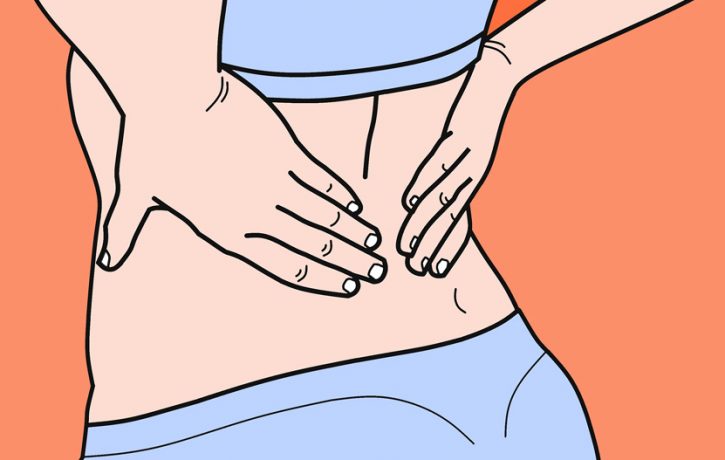in Joints & Muscles, Osteopathy
Myths About Back Pain & How to Cope When it Strikes!

Statistically, as much as 84% of the global population will have an episode of back pain at some point in their lifetime and with such high prevalence, there are many myths around the nature of what is going on. Cancer, fracture/broken bone, infection are common concerns of serious pathology, however, such conditions are rare and account for approximately only 1% of all back pain worldwide.
If you have ever suffered an episode of lower back pain then you may have been told that the reason for your pain is from a disc bulge ( Or slipped disc), a weak core or a joint out of place. Moving when your back is painful is scary and you will do anything to avoid it. However, not moving feels worse. Back pain can be managed sensibly enough without resorting to drastic measures.
Public perception around lower back pain needs to change to remove the fear of these events. I often find that patients that present with lower back pain feel better after the appointment, not only because of the treatment and advice but because I have taken away the fear they have about their back. An often used term about back pain is that “the Bark is worse than the bite”. What this means is that the severity of pain does not correlate with tissue damage. Low back pain can be severe and disabling which drives a fear that there is something seriously wrong but this is rarely the case. The context of the fear creates increase tension in the back which in turn increases the stiffness that people often feel alongside the pain.
Back pain is equally common from young to old and doesn’t get worse with age and therefore should not be seen as a result of ageing or “wear and tear”. Mostly people recover reasonably quickly, and many recover without the need for surgery. Some do experience repeated episodes of back pain which can be distressing, but again these cases are rarely dangerous.
Most people believe that a scan (for example an X-ray, MRI) will identify the cause of their back pain. However, research shows that scans are only needed when a serious condition is suspected.
The problem is that a scan will almost always identify something, however, much of this is weakly linked with back pain. Research has shown that people who have NO back pain have disc bulges (30% of 20-year-olds, increasing to 84% of those 80 years of age), disc degeneration (37% of 20-year-olds increasing to 96% of 80-year-olds), disc protrusions (29% of 20-year-olds increasing to 43% of those 80 years of age) and facet joint degeneration or arthritis (4% of 20-year-olds increasing to 83% of 80-year-olds).
It is really important to remember that the scan was taken for another reason and these statistics relate to scans of people that have not got back pain.
The research now suggests that these are pretty much normal findings that increase with age, are not risky and often never painful. We should think twice before getting a scan and be clear that many of these things are common in people without pain and not focus on the long radiology report with scary terminology.
And nothing is worse for back pain than fear.
This article was written by Matthew Oliver M.Ost DO ND. Osteopath.
- The Missing Piece in Wellness? Why Realization Process Offers More Than Mindfulness - 22nd July 2025
- Somatic Healing with the Amnanda Process - 18th July 2025
- Deepen Embodiment: Somatic Breathing with the Realization Process - 20th June 2025
